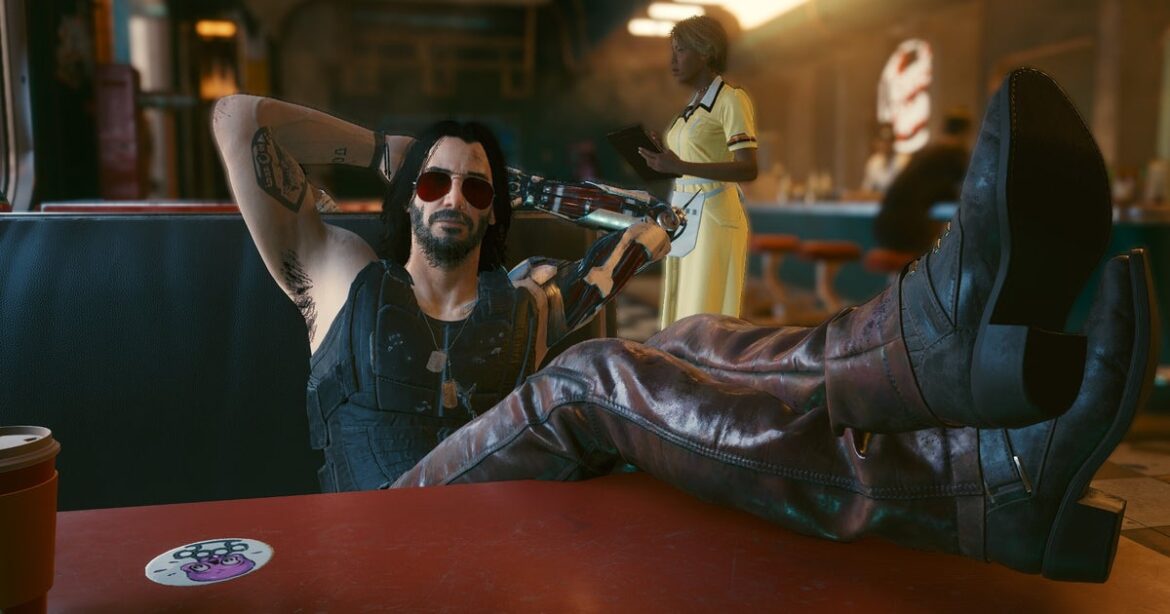CD Projekt has published its financial results for the first half of 2025, reporting a 4.3% increase in sales revenue to PLN 443 million ($121 million).
However, its net profit experienced a 7.7% drop compared to the first half of 2024, going from PLN 170 million ($46.5 million) to PLN 155 million ($42.4 million).
Looking at its rise in sales revenue, CD Projekt attributed this to “strong sales” of Cyberpunk 2077 and its expansion Phantom Liberty, in addition to the “continuously important” sales of The Witcher 3: Wild Hunt.
During the first half of 2025, The Witcher 3 surpassed 60 million units sold ten years after its launch while Phantom Liberty sold 10 million copies in two years.
“CD Projekt’s revenue stream continues to be dominated by Cyberpunk 2077 together with its Phantom Liberty expansion,” said CFO Piotr Nielubowicz.
“We also continue to ramp up investments in ongoing projects – our expenditures on development work associated with future releases exceeded PLN 240 million ($65 million) in the first half of the year.”
CD Projekt released a Nintendo Switch 2 edition of Cyberpunk 2077 and its expansion, which resulted in higher sales for the current period. The developer noted that 75.4% of sell-in unit sales were physical and 24.6% were digital.
Watch on YouTube
The Switch 2 physical edition of Cyberpunk 2077 is stored on a 64GB cartridge rather than a Game Key Card. CD Projekt’s VP of business development Jan Rosner said this decision was made for players to have a “plug and play experience”.
“Nintendo at physical retail is still strong, and retail is, in general, not going anywhere,” Rosner told The Game Business.
“We maybe could have gotten away with it, but is there a point? The right thing to do was to have it out on the cartridge with a plug and play experience.”
He continued: “Do not underestimate the physical edition. It’s not going anywhere and Nintendo players are very appreciative of physical editions that are done right.”
Elsewhere, CD Projekt shared an update on its employee headcount. At the end of April 2024, there were 730 developers working on games in production. The majority (422 people) were working on The Witcher 4, while 96 people were on Cyberpunk 2.
At the end of July 2025, the total number of developers increased to 799. Most were still working on The Witcher 4, increasing to 444 people. But Cyberpunk 2 also saw a rise in developers to 116 people.
Overall, the total employee count at CD Projekt was 1,248 by the end of the first half of 2025, an increase of 8.6% compared to the end of 2024.

